The three small Gili Islands, fringed by white-sand beaches and coral reefs, are among the most popular tourist destinations in Indonesia, and certainly one of the best snorkeling area in Southeast Asia. The crystal-clear waters of these paradisiacal islands, where turtle-watching is the star attraction, practically guarantee exceptional snorkeling experiences. Gili Trawangan is the largest and the most populated of the three islands. Known as the “party island”, Gili Trawangan is easily reachable from both Bali and Lombok.
This spot has been added by
mahli974
7 spots added - 76 photos shared
Last updated on
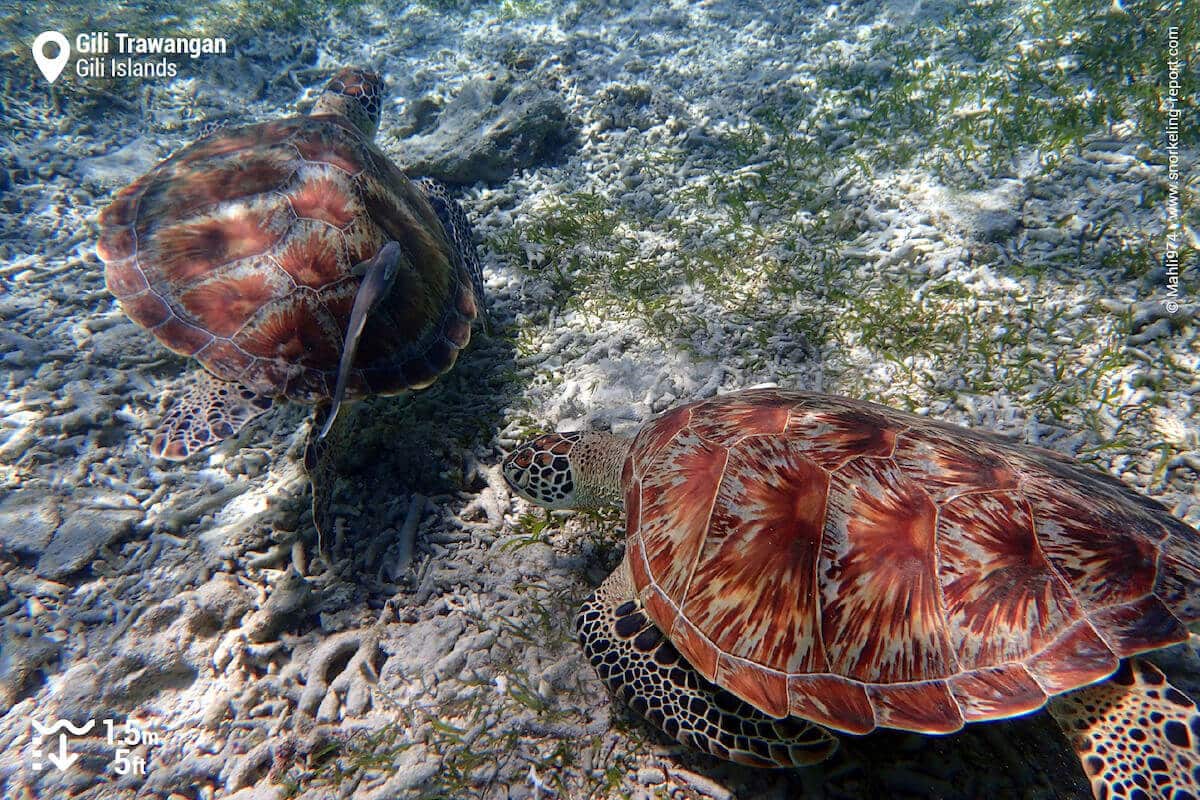
How to get to the Gili Trawangan snorkeling spot
Visitors can get to Gili Trawangan mainly from Lombok (Senggigi, Teluk Nare and Bangsal), Nusa Lembongan and Bali, by ferry or speedboat. Inter-island boat transfers are also available (from/to Gili Air, Gili Meno and Gili Trawangan). Contact the various companies for up-to-date information.
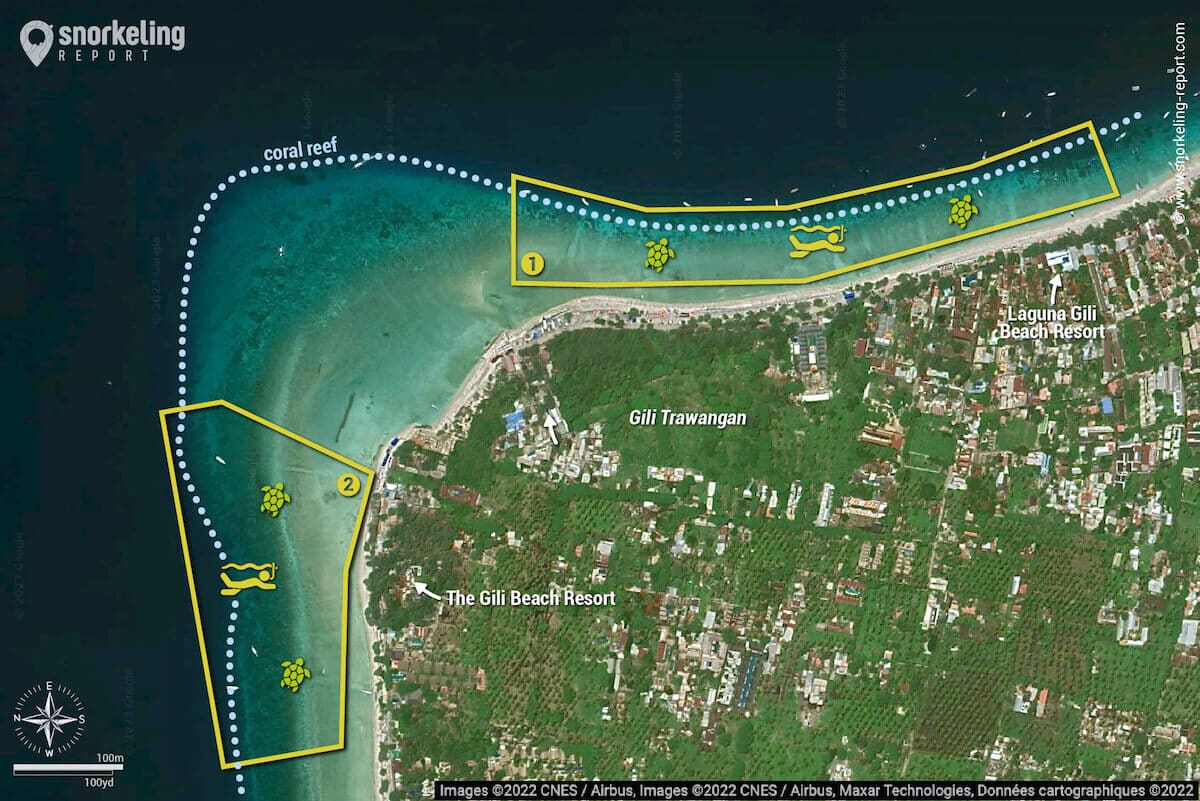
Water entrance for snorkeling Gili Trawangan
You can snorkel almost anywhere around the island which is surrounded by coral reefs, but we recommend the two areas marked on the map above. These areas are known for the richness of their marine life and the abundance of sea turtles, particularly green sea turtles.
These two areas are located on both sides of the northeastern tip of the island, well sheltered from waves and currents. Here, the absence of a coral barrier allows snorkelers to explore the reef flat and the reef drop off.
You can enter the water directly from the sandy beaches. Be careful in the northern area (zone 2 on the map), as there is sharp coral very close to the beach (wear water shoes).
Gili Trawangan snorkeling tips
The two snorkeling areas have approximately the same profile. Both cover a 150 to 200 yards-wide area between the beaches and the reef drop-off. At these points, starting from the beach, you will cross a few dozen yards of sandy areas and seagrass (↕2-6ft/0.5-2m), then a sea bed covered with coral (↕6-10ft/2-3m) as far as the reef drop-off (+20ft/6m).
The northern area (zone 2 on the map) is less crowded, and less frequented by boats. The coral is also best preserved there, compared to the eastern area (zone 1 on the map).
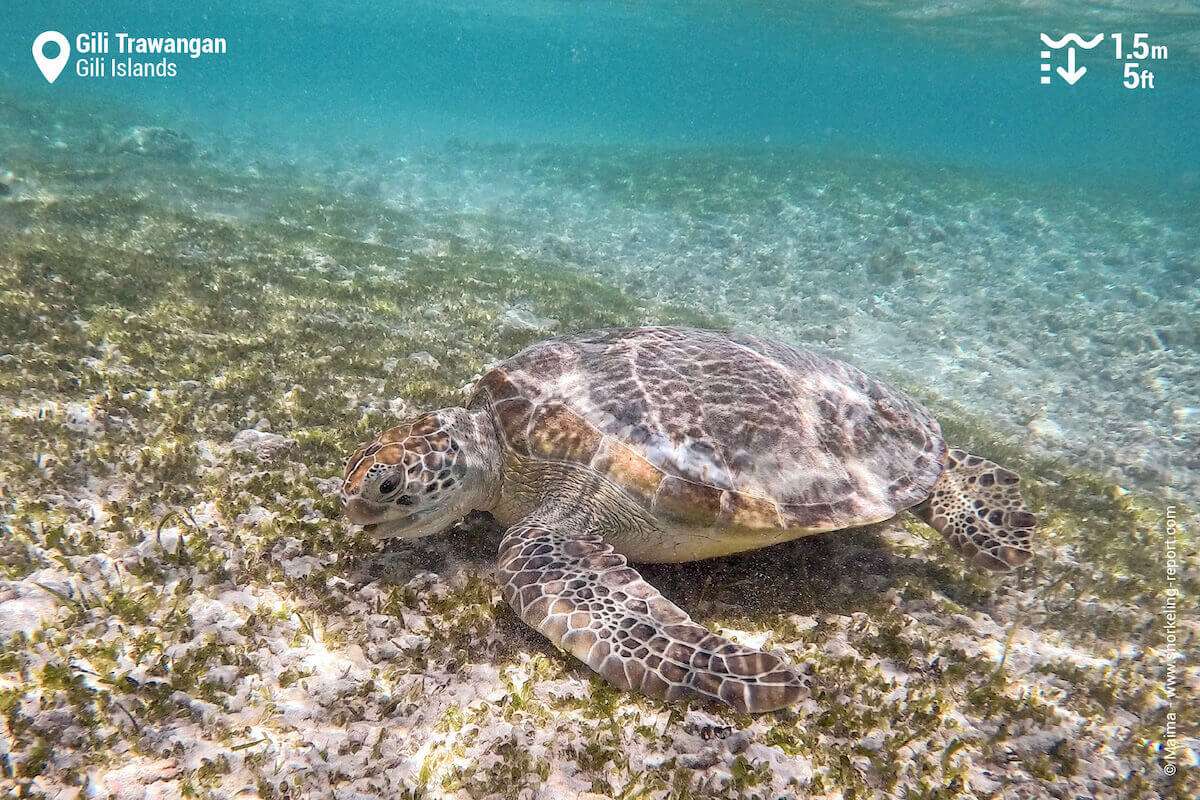
This spot is certainly the best one in the Gilis to swim with green sea turtles. The turtles feed and rest on the sea grass beds in both areas, sometimes only a few yards from the beach. You can also meet hawksbill sea turtles on the coral areas along the drop-off, especially at high tide.
On Gili Trawangan, like on Gili Meno and Gili Air, the turtles have been long used to human presence and can be easily approached and observed. Avoid disturbing the turtles, which come to the area to feed and rest: don’t chase after them, don’t touch them, and leave them enough room when they come up to the surface to breathe.
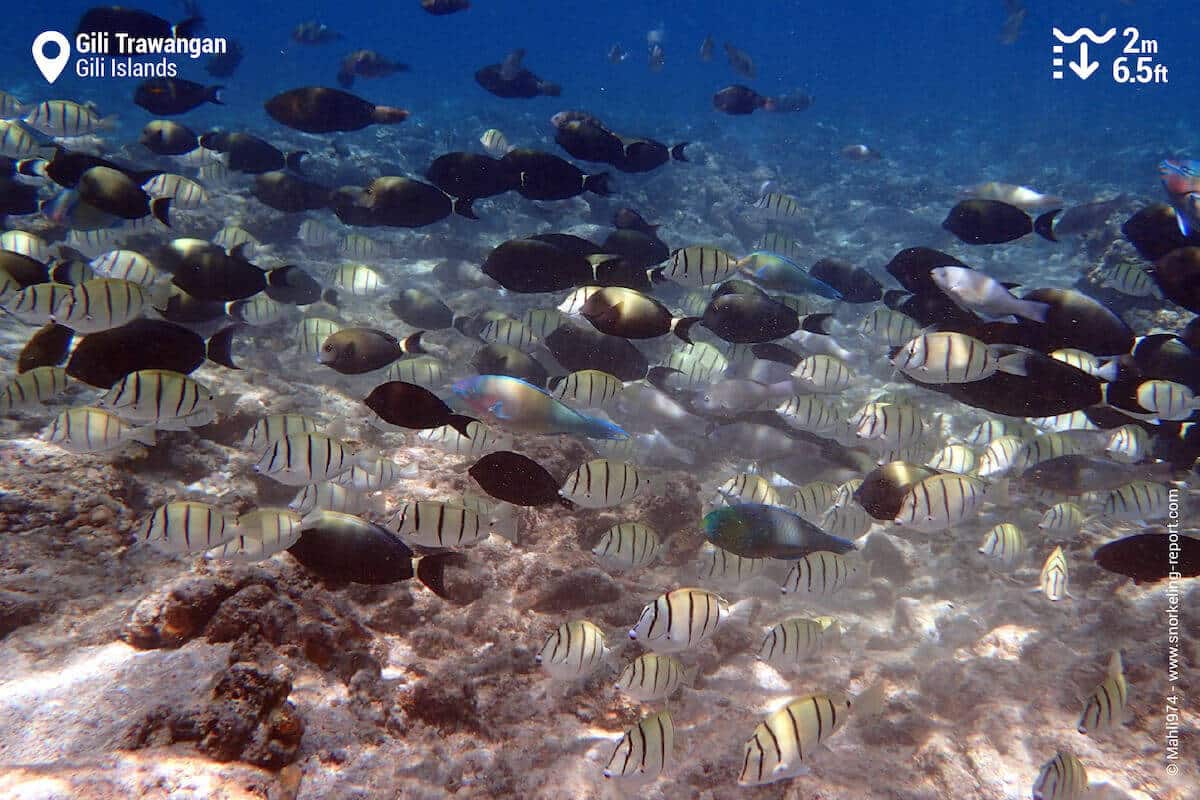
While swimming with turtles is the main attraction on the island, the other beauties of the area should not be overlooked. A strip of ten or so yards along the reef drop-off, has a seabed that is full of marine life. The reef is covered with soft and hard corals, and plunges abruptly down toward an immaculate sandy seabed.
Parrotfish are abundant on the drop-off, as are butterflyfish and surgeonfish, often seen in large schools. You will also come across Moorish Idols, batfish, lined surgeonfish, blackbelly triggerfish and sixbar wrasse.
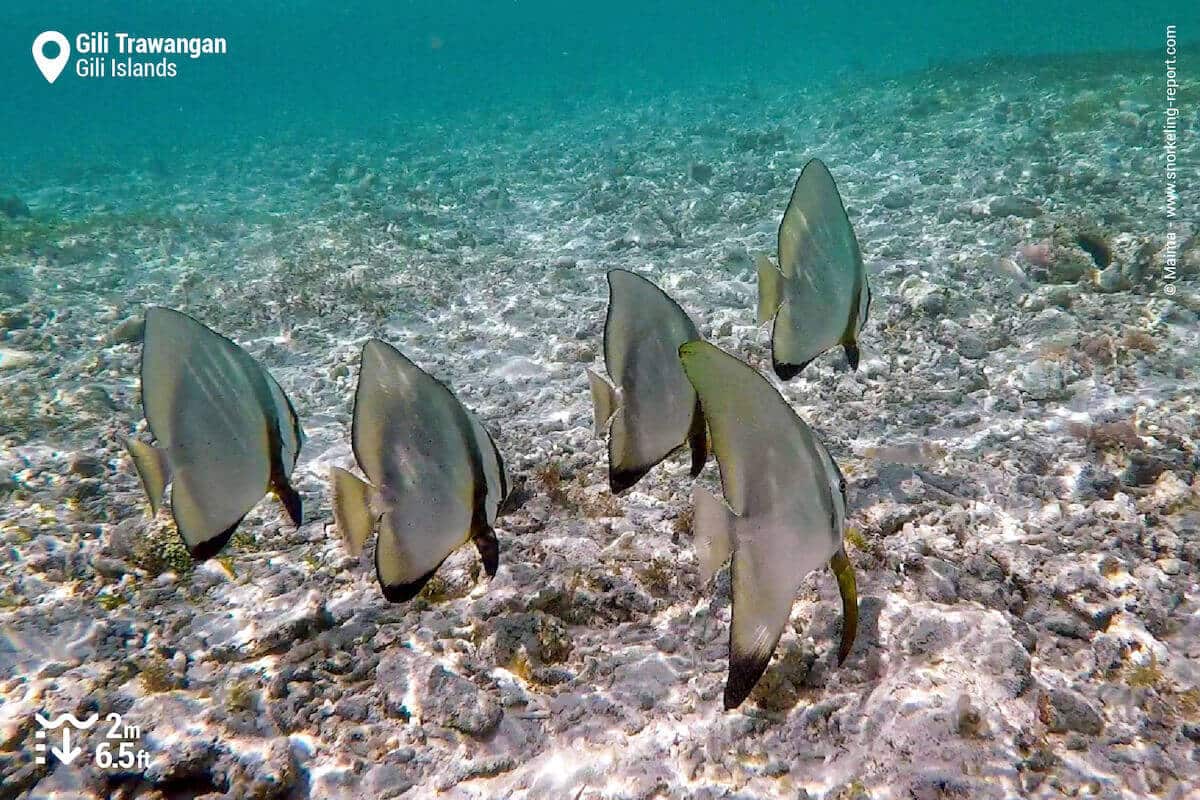
The reefs here were damaged in the past and are slowly regaining their former glory. Don’t touch the coral and be careful not to break it with your swim fins. Watch out for boats that come and go frequently in this area when you are exploring the drop-off area.
Restaurants and accommodation in Gili Trawangan
On Gili Trawangan, you’ll find countless beachside hotels, bungalows, cafés, bars and restaurants.
Live a close encounter with green and hawksbill sea turtles in this video 👇 by Maima.

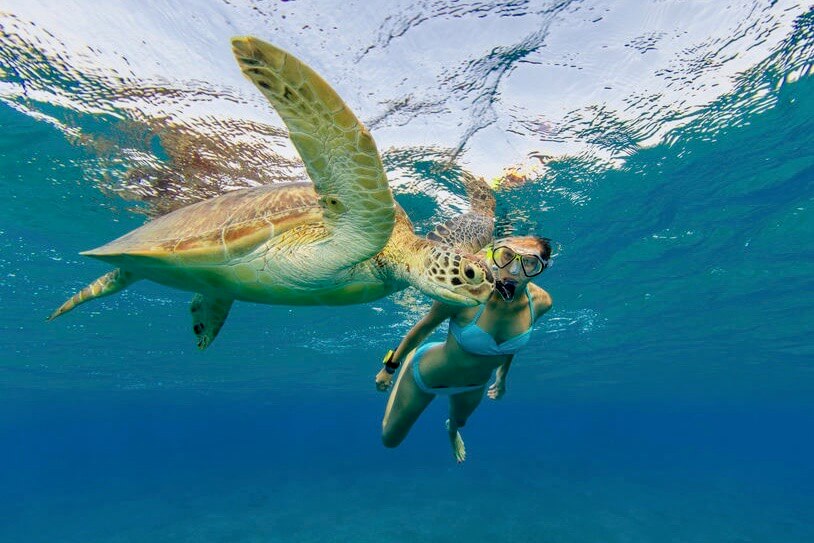
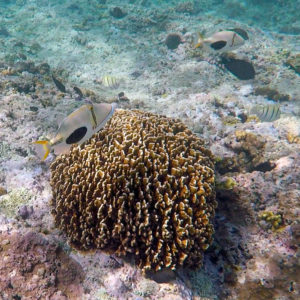
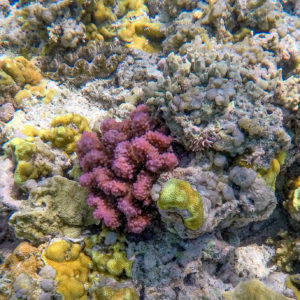
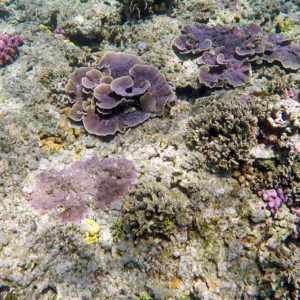
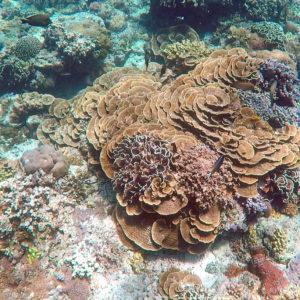
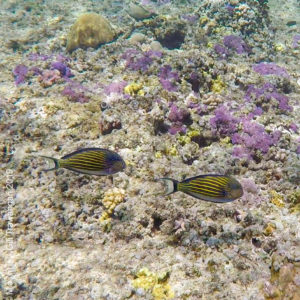
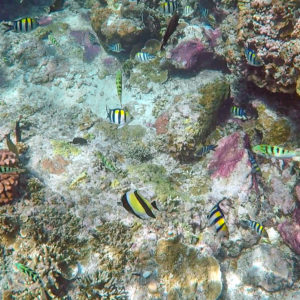
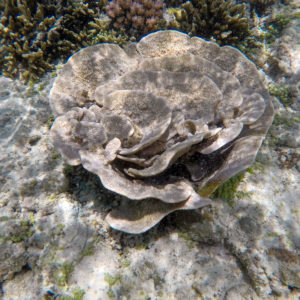
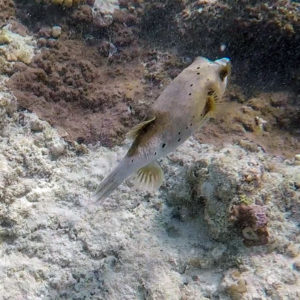
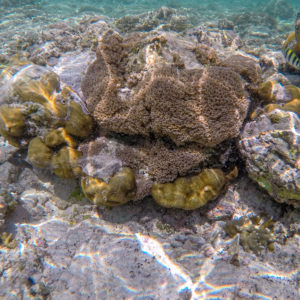
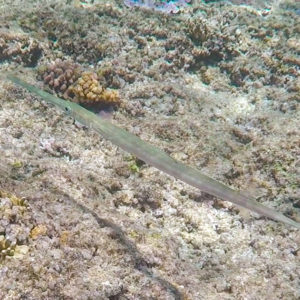
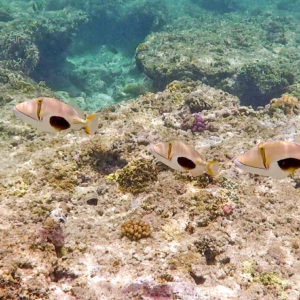
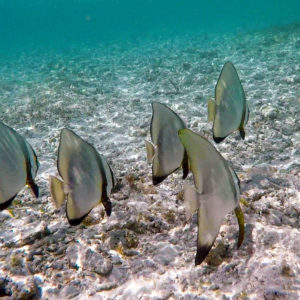
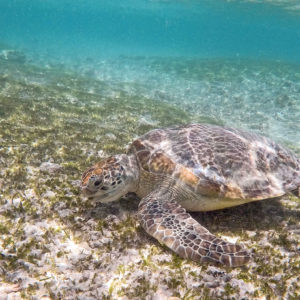
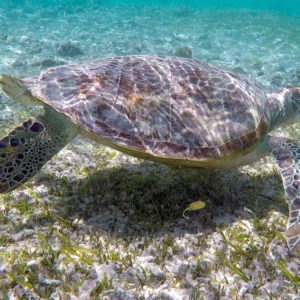
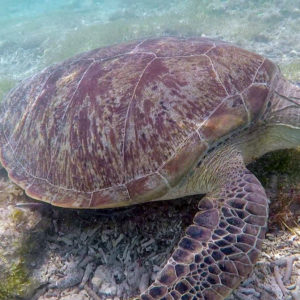
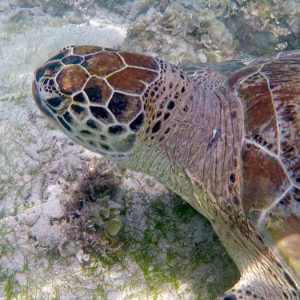
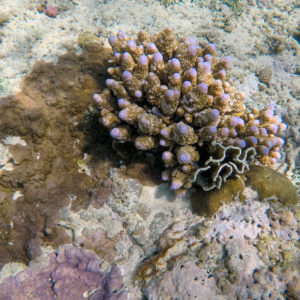
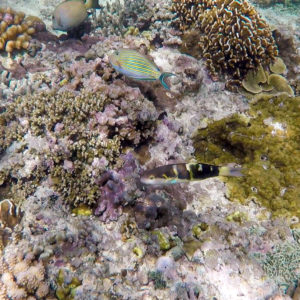
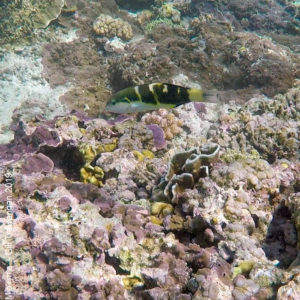
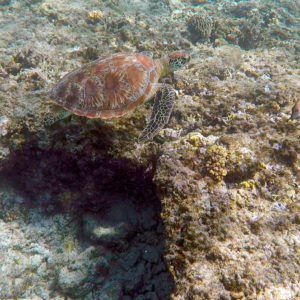
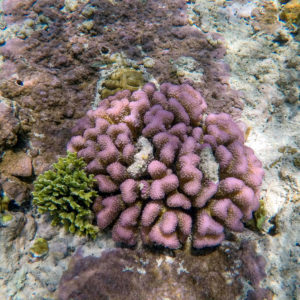
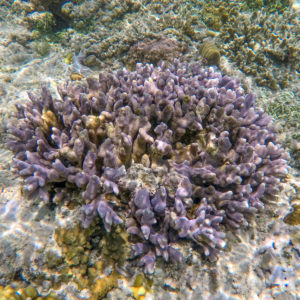
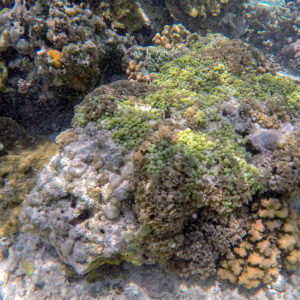
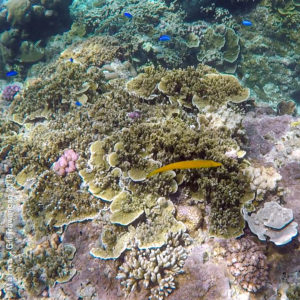
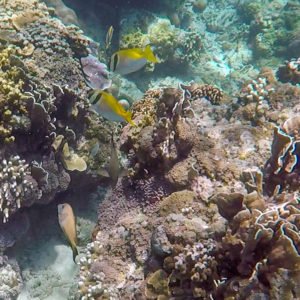
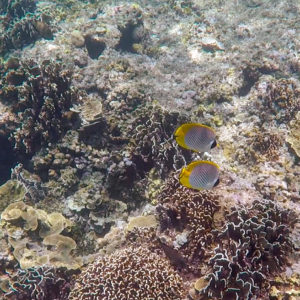
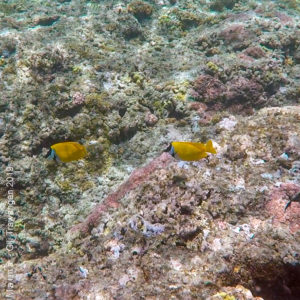
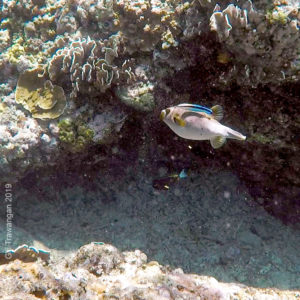
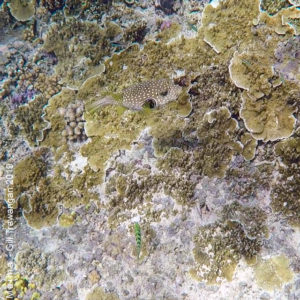
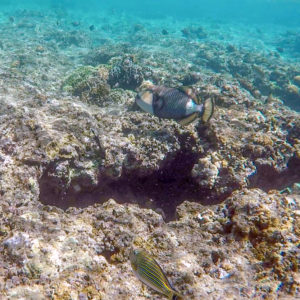
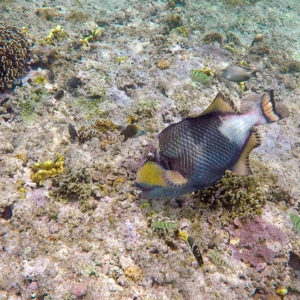
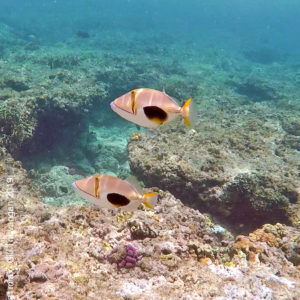
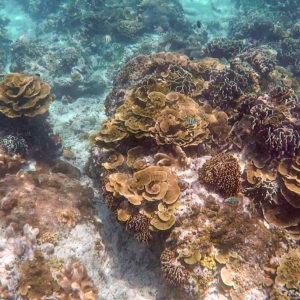
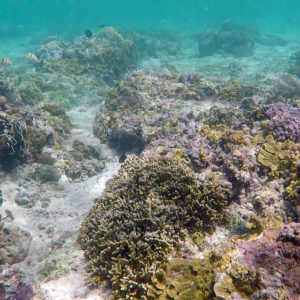
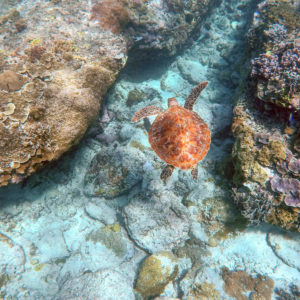
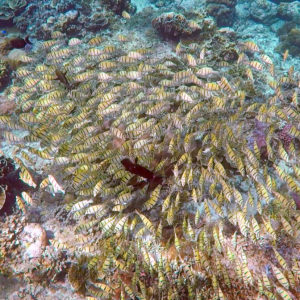
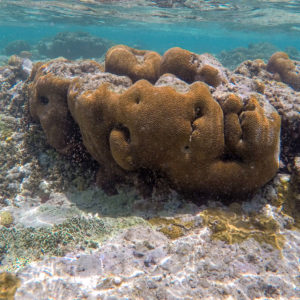
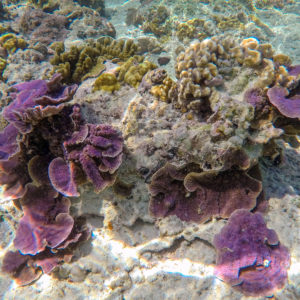
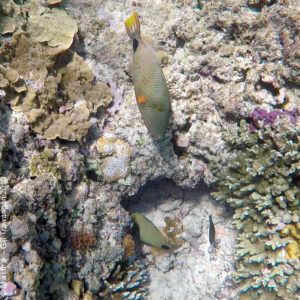
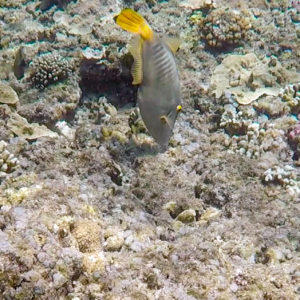
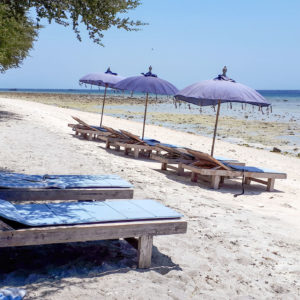
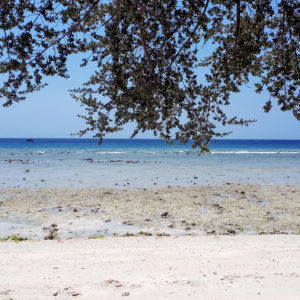
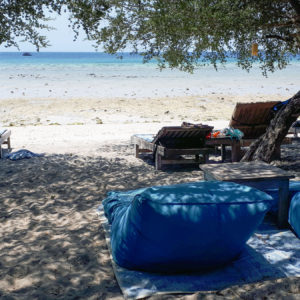
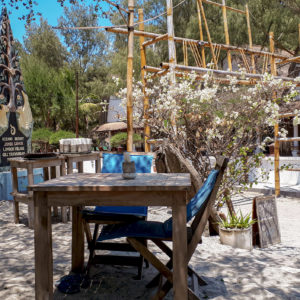
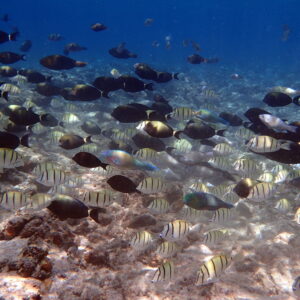
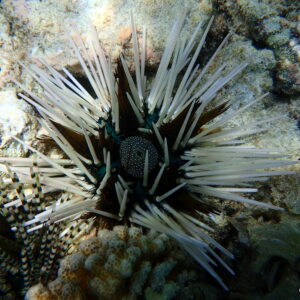
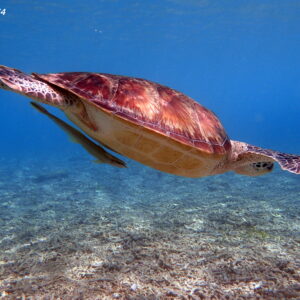
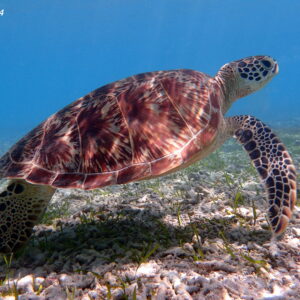
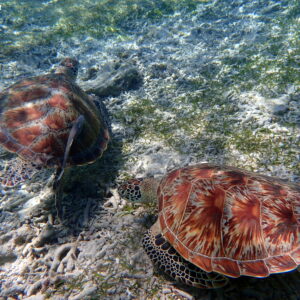
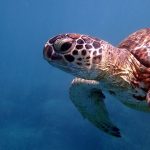
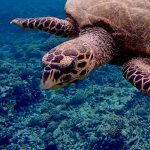
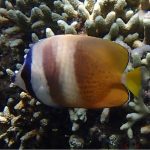
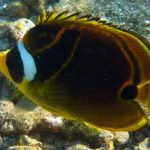
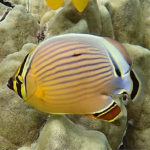
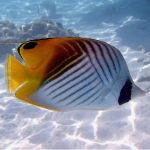
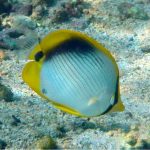
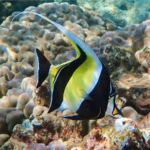
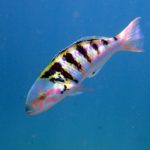
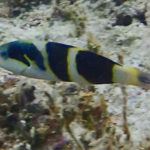
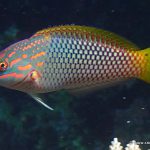
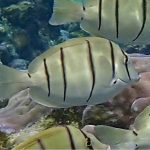
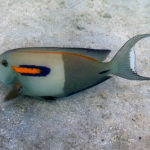
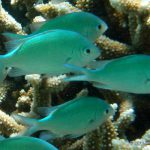
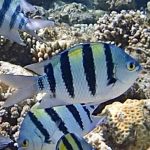
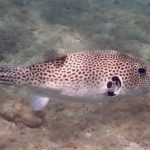
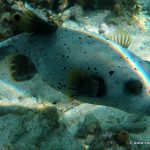
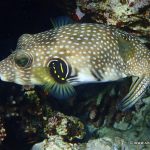
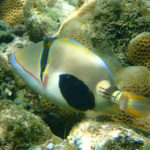
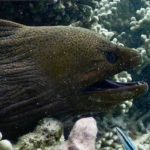
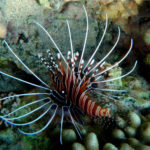
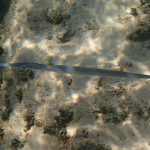
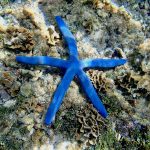
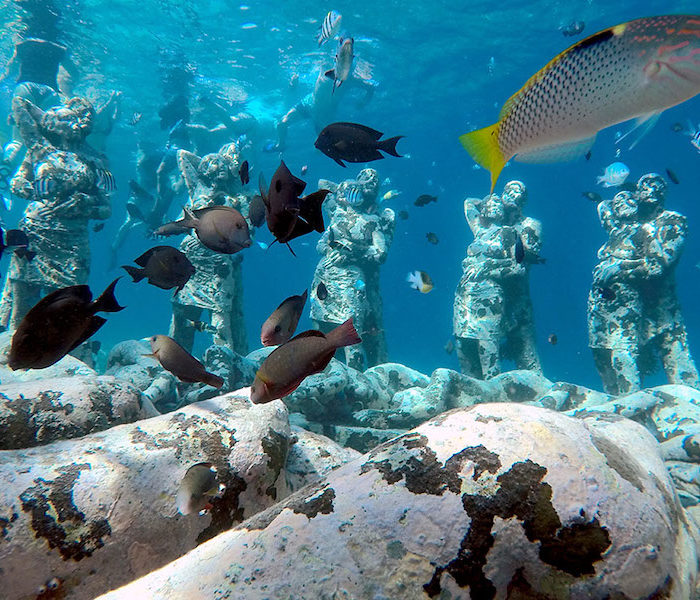
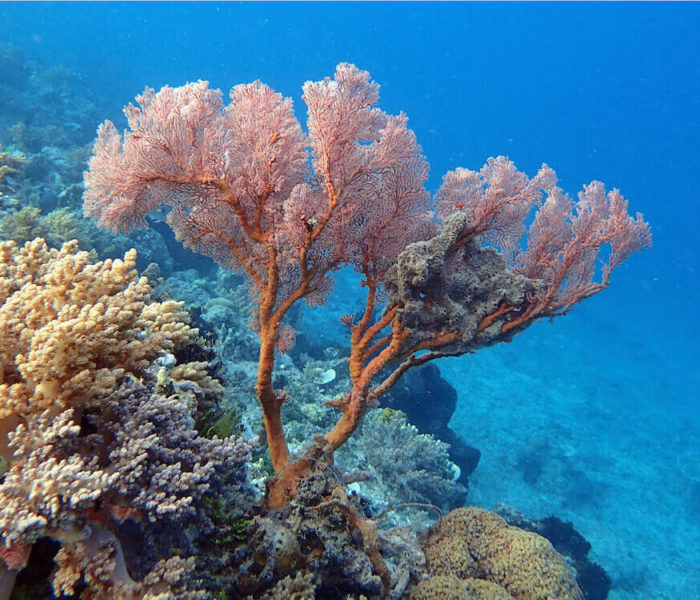
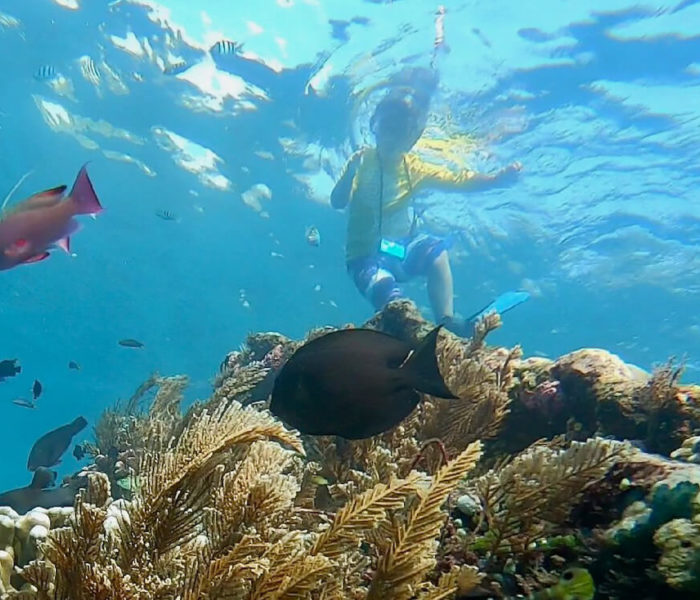
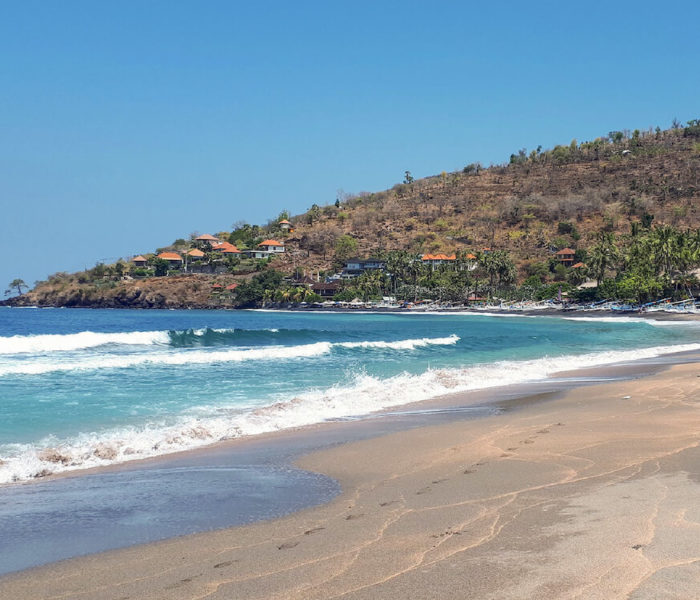
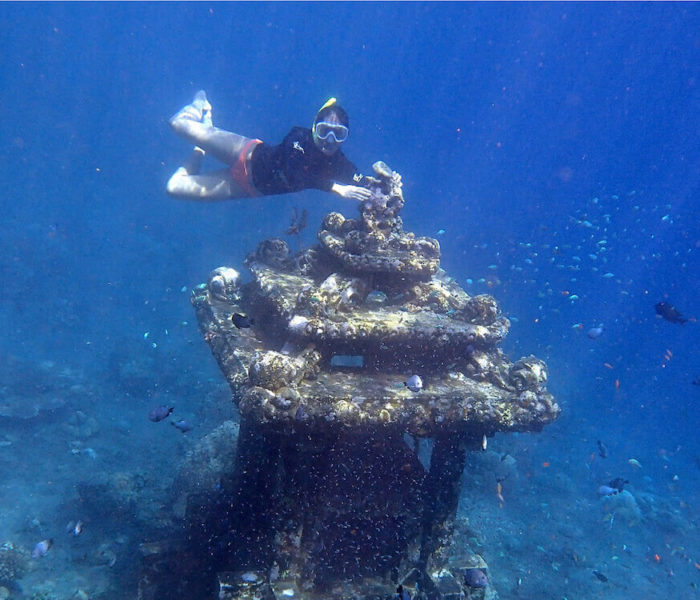
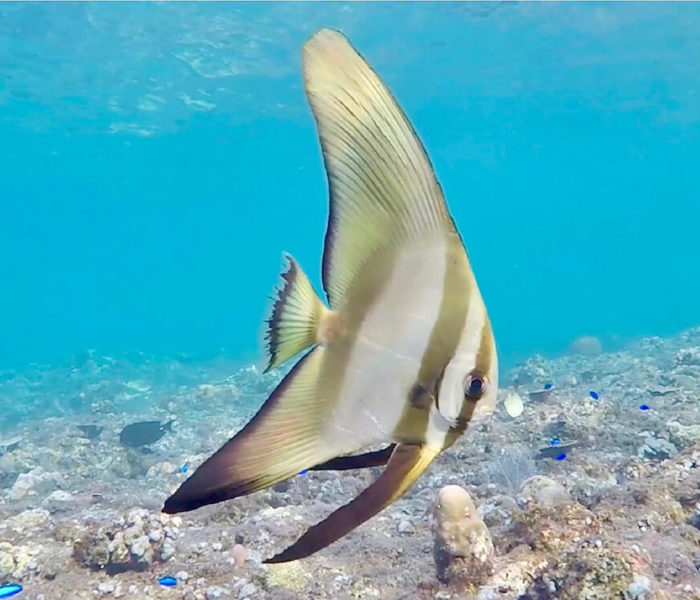
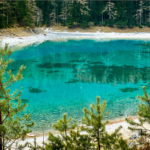
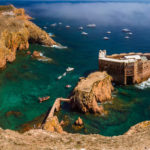
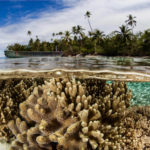
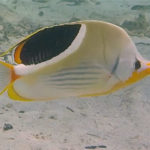
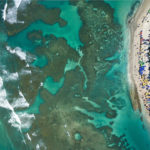
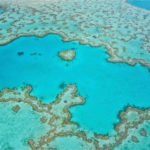
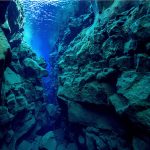
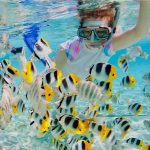
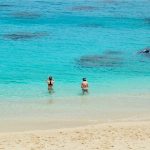
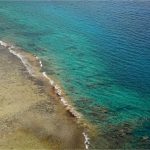
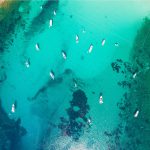
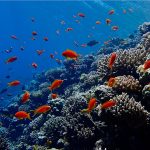
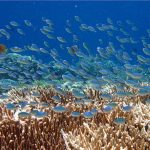

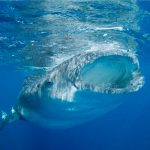
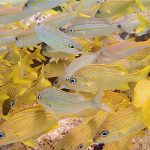
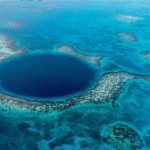
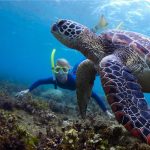
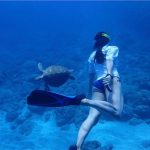
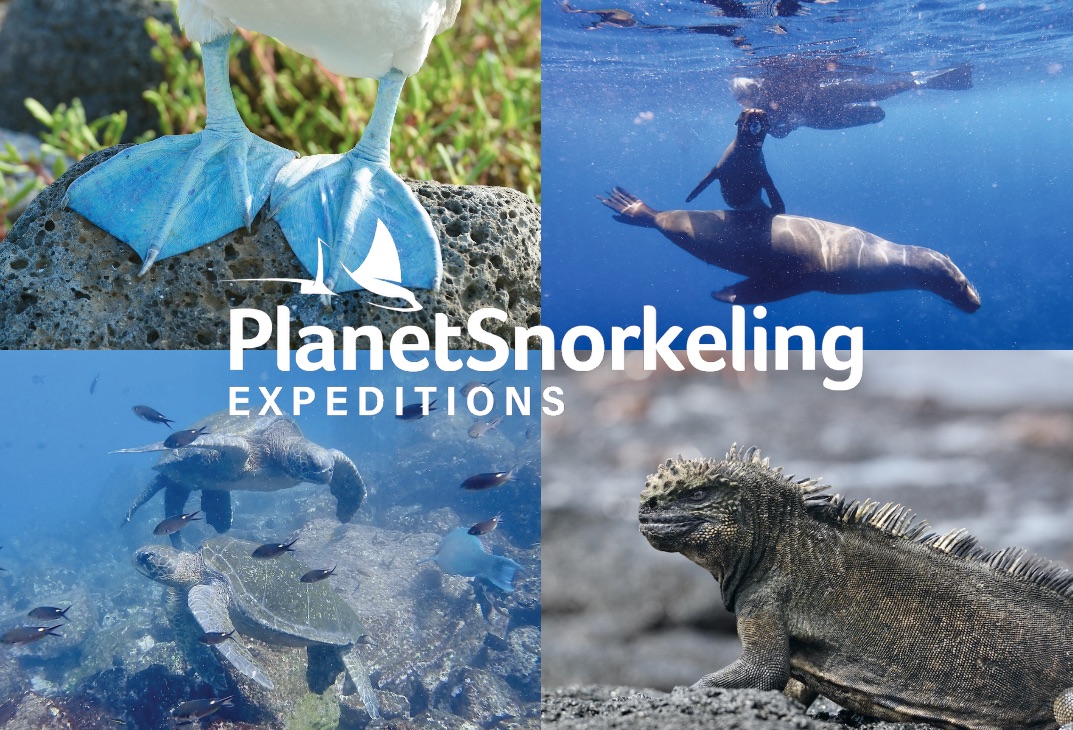
Comments